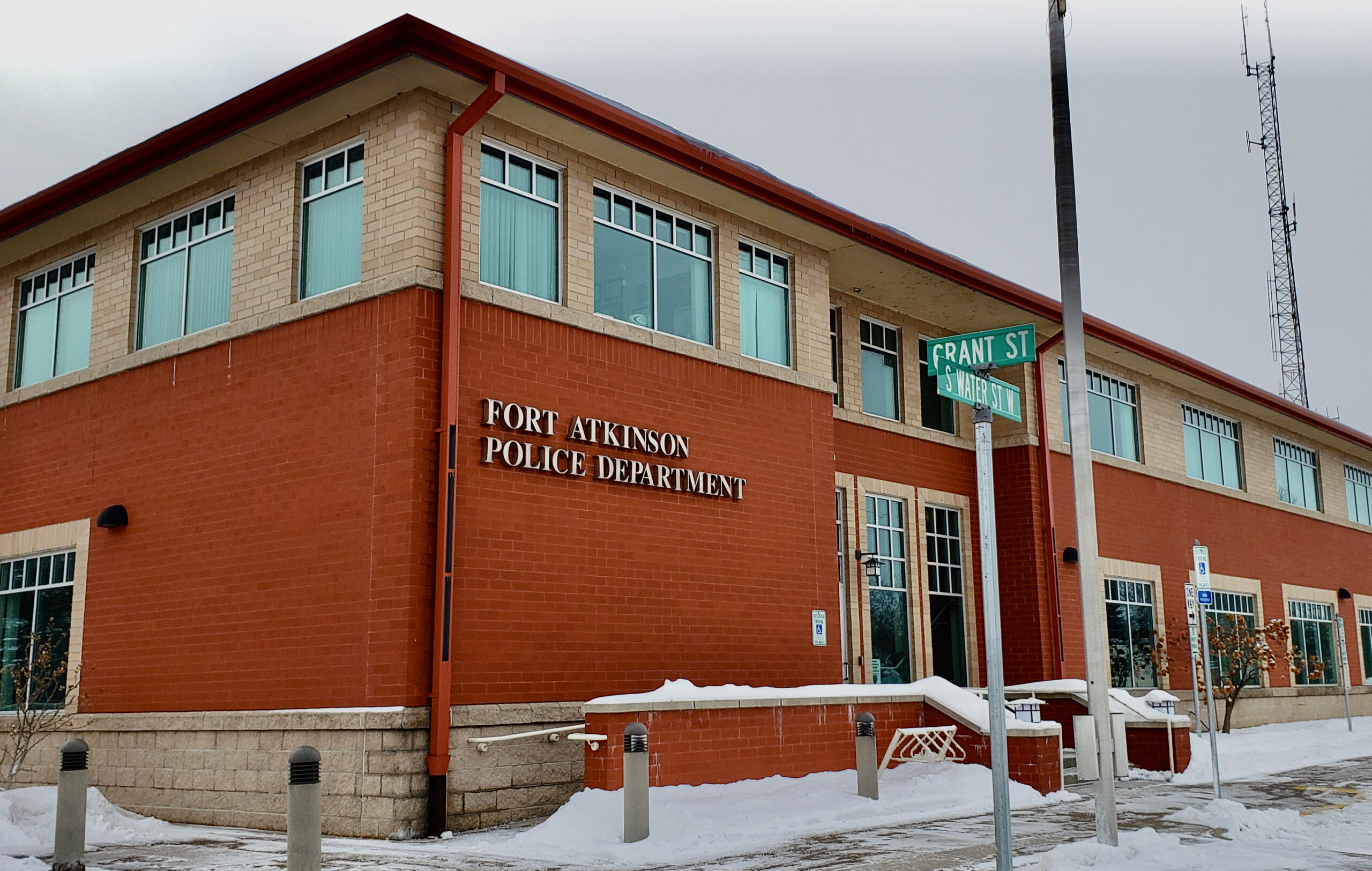By Kim McDarison
Fort Atkinson Police Chief Adrian Bump shared on Tuesday an update with the Fort Atkinson City Council, outlining police calls for service made by adult care facilities within the city.
Bump said data collected between 2010 and 2020 showed an increase in calls beginning most notably four years ago.
In a memo to council, Bump stated that a temporary moratorium on the approval of new adult care facilities locating in the city was placed in 2015. It was lifted in 2018.
“From enacting of the moratorium through today, data analysis has become important as we look at the impacts on public safety,” Bump wrote in his memo.
Bump said the council had requested that he provide annual updates on service calls made to adult care facilities. He complied last year and this year, and will return again with the data next year.
Under a heading of “Qualifying Chronic Nuisance Property Group Homes,” Bump wrote: “There (are) currently four CBRF’s (community-based residential facilities) that have qualified under the city ordinance related to chronic nuisance properties.”
The identified properties have been issued warning letters and advised, Bump wrote, that “further qualifying calls would result in fines and bills for service.”
Data provided by Bump showed total calls for police service from adult family homes, community-based residential homes, residential care apartment complexes, specially adapted housing, and adult daycare addresses within the city.
Calls were broken down by quarters within each year with some calls identified as “preventable.”
In 2017, calls to the identified housing categories within all four quarters totaled 431, with 52 of those calls identified as preventable.
In 2018, calls to the housing categories within four quarters totaled 420, with 56 calls labeled as preventable.
In 2019, calls within the categories for four quarters totaled 516, with 67 marked as preventable.
In 2020, calls for service in the identified categories reached 454, with 43 of those calls labeled preventable.
Looking at preventable calls, Bump said, an earlier initiative focused on lessening the number of preventable calls.
“Over time, we have found that there is very little impact on call volume after working to reduce preventable calls,” Bump wrote.
Calls continued to remain at “high levels,” he said.
“Our efforts to try and reduce the preventable calls provided no value in reducing the burden on emergency services,” he continued, adding: “As identified in past updates, it is apparent that the present call volumes we see are the consistent norm related to CBRFs and their need for emergency services.”
Offering “final observations,” Bump wrote: “Call volume continues to stay at high levels for this specific type of business and reinforces the thought that the best run facility will still require a base level of emergency service for their population.”
A high number of such facilities will continue to “impact and strain public safety services,” he noted.
He identified “adjustments” in manpower and resources as a “final option toward a solution that has not been implemented.”
Addressing manpower, Bump noted: “The increased volume of calls and the increased time that many calls for service require reveal that Fort Atkinson’s public safety is working beyond its capacity most days.”
He cited an overall increase in calls for service of 12% in 2019. Between 2018 and 2019, he said, calls for service within the identified adult care categories increased by 19%.
In 2020, he said, “even after a decision to reduce proactive traffic enforcement and other non-essential calls for service reactive to COVID-19,” was made, calls for service only decreased by 39.
Along with the number of calls, Bump said, calls related to adult care facilities often demand a large amount of an officer’s time. Officers find they must sometimes drive across the state to bring a citizen to a facility where appropriate care can be found.
Such activity takes the officer out of the city where his services are also needed, Bump said.
“The average officer handles approximately 560 calls a year within our agency,” Bump wrote in his memo. He further noted that the department has not increased its manpower in 23 years.
The department has 20 sworn officers, he wrote.
Conversely, he wrote: “We are finding that people need and require our services more and more each day.”
This post has already been read 1398 times!

Many of these issues may be due to costs and reimbursement by the State of Wisconsin through Managed Care Organizations (or Family Care). Most of these facilities are running on funding set up in 2010, as staff wages go up and all costs increase, the funding hasn’t. It’s time to put a voice into your legislators to help assisted living programs like Family Care.
Here’s an article from northern Wisconsin on how the funding is directly affecting disabled communities and their families:
https://www.wbay.com/2021/02/18/residents-of-ne-wisconsin-long-term-care-facilities-face-evictions-due-to-proposed-medicaid-cuts/
The same things are happening here in Jefferson County.